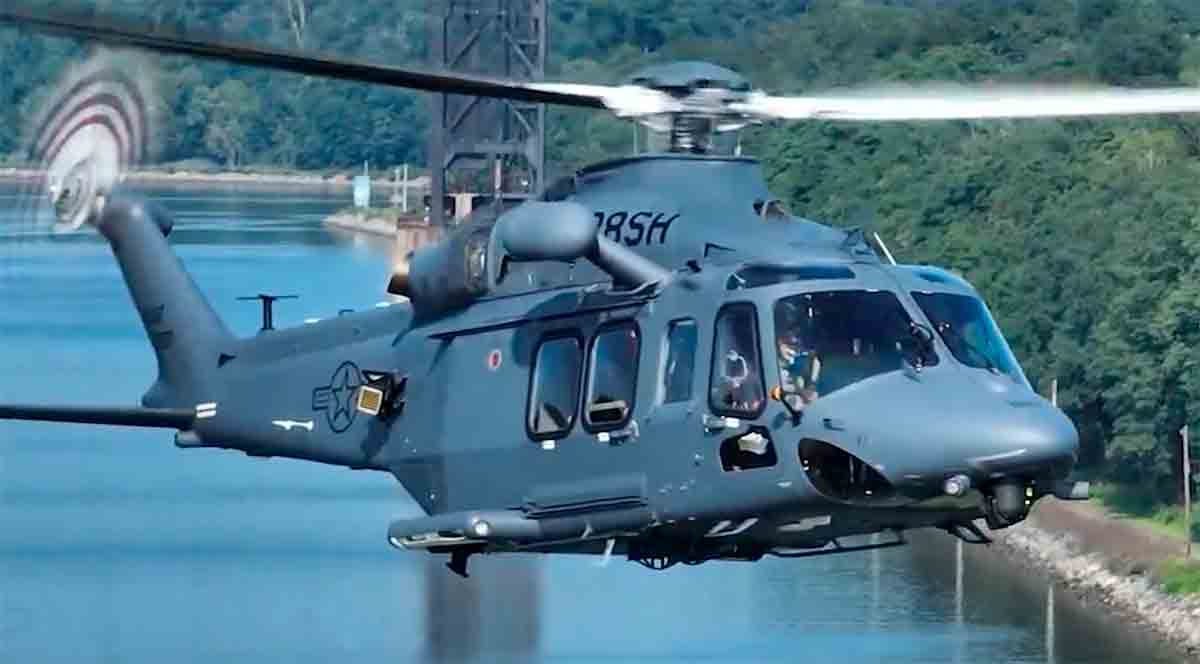The United States Air Force has announced the successful conclusion of the final operational testing of the helicopter MH-139A Grey Wolfmilestone authorizing the transition from the aircraft to the full-rated production production phase.
After six months of rigorous evaluations, the platform was approved in terms of operational effectiveness, maintenance and adequacy to strategic missions.
O MH-139A Grey Wolfdeveloped by Boeing based on the civil helicopter Leonardo AW139, was designed to replace veteran UH-1n Huey, in use for decades. The new aircraft has significant advances: it is 50% faster, has 50% more range, 30% more internal space and supports an additional payload of 2,270 kg.
+ Video: US Air Force receives the first MH-139A Gray Wolf helicopter

Mission Criticism: Protection of Nuclear Missiles
Grey Wolf’s main function will be to protect the terrestrial infrastructure from intercontinental ballistic missiles Minuteman III LGM-30including patrols, response to safety violations and fast transportation of tactical teams. During the tests, the helicopter demonstrated full capacity for integration with existing antimysis protection.
In addition to its transportation capabilities, the MH-139A is equipped with modern avionic systems, fully automated flight control, ballistic shielding, impact-resistant fuel tanks, missile alert sensors, electronic contracted and two external M240 machine gunners.
Acquisition Plan provides 84 units
The acquisition of Gray Wolf began in 2018, with an initial contract of $ 285 million for 13 aircraft (Lrip Lot 1), followed by a second lot with 13 other units. In 2024, a new $ 178 million contract added 7 more aircraft, totaling 33 units ordered so far.
The final plan provides for the delivery of 84 helicopterswith an estimated total cost in US $ 2.38 billion. Wide -scale production represents an important advance in the modernization of US Air Force’s air capacity for nuclear security missions and other strategic operations.
Source and images: Boeing | X @boeingdefense. This content was created with the help of AI and revised by the editorial team.


